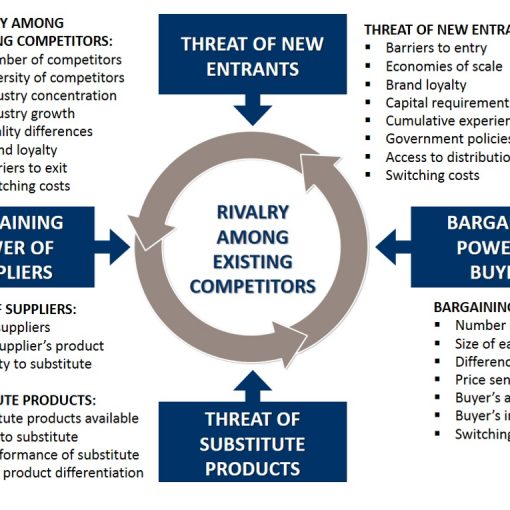Preamble
Reimagining Rivers: The Future of Urban Inventory and Drone Logistics (originally By Steve Adenaike | Published March 13, 2019 rewritten 20/10/3024)
There are many uses and benefits of rivers (The positive environmental impact of using barges on the river Thames revealed) .Rivers have always been integral to human civilization, serving as arteries for trade, transport, and life itself. But what if we expanded their role in modern cities beyond transportation? Today, as urban centres become increasingly crowded and logistics more challenging, rivers present a novel opportunity for optimizing inventory management and drone logistics. While we already know the environmental benefits of using barges (as seen with the River Thames), this concept goes further—using rivers as floating hubs for storage, delivery, and drone operations.
Ideas
Here are several forward-thinking ideas for how rivers can revolutionize urban logistics:
1. Floating Warehouses for Expedited Delivery
With the rise of e-commerce and the need for faster delivery times, rivers running through major cities could become storage highways. By placing floating warehouses on barges, companies can efficiently store products at key locations along the river. Imagine an optimized inventory management system, with goods readily available at multiple floating hubs, enabling quick and easy delivery to customers in dense urban areas. These floating warehouses can reduce traffic congestion on land and improve delivery times by leveraging river networks for streamlined, water-based logistics. In this model, barges would be strategically moored, creating an eco-friendly alternative to the urban warehouses currently bogging down delivery systems.
2. Drone Landing Pads for Futuristic Deliveries
Drone deliveries are the future of logistics, but one of the major challenges has been where and how to land them in crowded urban areas. While rooftops are one solution, rivers offer another, potentially more dynamic option. Imagine drones zipping over cityscapes to land on specially designed pads installed on barges floating along the river. These mobile drone landing pads could cater to multiple companies, allowing for quicker and more efficient deliveries across cities. It would also reduce congestion in city skies, offering an innovative alternative to congested urban airspaces. By integrating rivers into the drone delivery network, cities could further leverage their natural waterways as part of a holistic, interconnected logistics system.
3. River-Based Collection Points for Consumers
In addition to functioning as delivery hubs, these floating warehouses could also serve as collection points for customers. Imagine hopping off a ferry or river taxi and collecting a package right by the dock. Strategic placement of these collection points near popular river routes would make them easily accessible to commuters and tourists alike. This concept could align with the growing trend of “click-and-collect” services, offering consumers more flexibility in picking up their goods while reducing land-based delivery traffic. Additionally, with electric-powered boats or river taxis, these collection points could further reduce the environmental impact of urban deliveries.
4. Hybrid Floating Cafés and Product Shops
On a more playful note, why not combine logistics with lifestyle? These river-based barges could double as floating cafés or pop-up product shops, offering a unique shopping or dining experience. Picture a barge that serves coffee and snacks while also allowing customers to pick up their online orders or browse limited-edition items in a relaxed, scenic environment. For example, a “floating marketplace” could be established on weekends, featuring local vendors, cafés, and even delivery collection points, creating a blend of commerce, convenience, and leisure on the water. This hybrid concept could become a tourist attraction while also contributing to the urban economy.
5. Leasing Barges as multi-Company Hubs
For entrepreneurs and startups, there is a business opportunity in leasing or purchasing barges and converting them into multi-company hubs. By securing mooring rights and outfitting these barges with inventory management systems and drone landing pads, businesses could rent space to companies needing fast, reliable inventory solutions. This creates a flexible, scalable model where a single barge could serve multiple brands, hosting everything from consumer electronics to grocery items. The startup would oversee logistics, enabling tenants to focus on their operations while benefiting from an innovative, eco-friendly solution for urban inventory.
6. Environmental Benefits and Sustainability
Beyond the commercial advantages, using rivers for logistics can significantly reduce the environmental impact of urban deliveries. By moving goods by water instead of roads, cities can reduce their carbon footprint, alleviate road congestion, and minimize pollution. Furthermore, drones landing on river-based pads would consume less energy than those navigating across city blocks, creating a more sustainable delivery network. Barges could be equipped with solar panels and other renewable energy sources, ensuring that these floating warehouses are as green as possible, contributing to the larger goal of creating sustainable cities.
7. Future Expansion: A Global Vision
The potential of using rivers for inventory management and drone logistics is not limited to one city or region. As drone technology and logistics platforms continue to evolve, this concept could be applied globally. Rivers like the Seine in Paris, the Hudson in New York, or the Ganges in India could host similar systems, creating a network of river-based logistics hubs that revolutionize how we move goods in the world’s busiest cities.
Conclusion
As we look toward the future, rivers offer an untapped resource for innovation in urban logistics. Floating warehouses, drone landing pads, and river-based collection points could alleviate many of the challenges facing today’s cities, from congestion to sustainability. Whether it is enhancing e-commerce deliveries or creating hybrid floating marketplaces, the opportunities for river-based solutions are vast. The next time you walk along a city river, imagine it as more than just a scenic route—it could be the lifeline for the future of urban logistics.
Appendices
Original post
Using Rivers for inventory management and as Drone landing Pads
by Steve Adenaike|Published March 13, 2019|2 comments
Using Rivers for inventory management and Drone Pads
There are many uses and benefits of rivers (The positive environmental impact of using barges on the river Thames revealed) But I recently thought of using barges on the rivers in big cities as :
The startup idea: if you lease\ buy barges convert them, secure the mooring rights: rent them out to multiple companies that need inventory expedited. This provides drone landing-pads.
Floating warehouses for expedited delivery in crowded cities i.e. using optimised inventory management systems, Products can be stores at various locations on the river that enable easy delivery.
Future landing pads for drone deliveries (this is apart from using the roofs of buildings).
Collection point for products if implemented correctly close to the Riverboats \ Taxis\ Ferry’s (Thames Clippers).
On a playful note, this could also be used as a Hybrid floating Café \ product shop.




2 thoughts on “Using Rivers for inventory management and as Drone landing Pads”
Drone landing pads come in a lot of different sizes. You’ll have to address the size of the pad based on your drone. The most logical thing to do here is to look at your drone and decide the size of your landing pad based on your copter.
That’s an interesting idea. Have you explored it further? It would be interesting to know the main risks potential investors and strategic partners are most concerned about. In general, there is an inherent fear of large bodies of water amongst people, so innovative use of water surfaces as part of our day to day lives has remained fairly limited to areas such as sea transportation, fishing or water sports. This project could open up the door to more ideas on using water surfaces being generated. The impact on water pollution of any projects utilising surfaces of water must be considered thoroughly – projects should be mandated to implement plans to clean up current water pollution as well as preventing further water pollution.